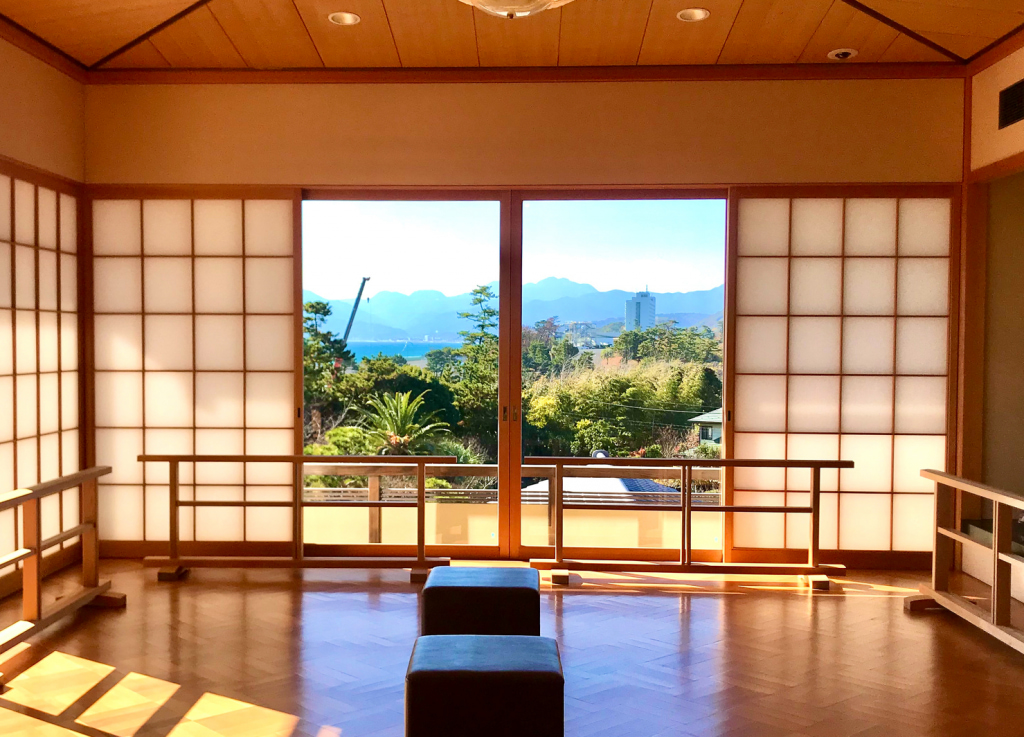The Shonan coast in Kanagawa attracts day trippers for its many charming offerings such as beaches, temples and shrines, gardens and fresh seafood. Along this coast is Oiso, a beautiful seaside destination that offers all of that, but happens to be less crowded than famous spots like Kamakura and Enoshima.
In fact, the first beach to open in Japan was in Oiso. In 1885, Army Medical Chief Baron Jun Matsumoto recommended sea bathing as a form of advanced medical treatment and decided to open Oiso beach. As a result, in 1887, Oiso Station was opened.
After that, many political, business and culture moguls either bought or inherited villas in the area. This included former prime ministers Aritomo Yamagata, Hirobumi Ito, Takashi Hara, Shigenobu Okuma, Kinmochi Saionji, Takaaki Kato, Masatake Terauchi and Shigeru Yoshida as well as former Foreign Minister Munemitsu Mutsu. Oiso became known as the “Meiji Okuzashiki,” meaning a place where one can spend time quietly away from the city’s hustle.
Aside from beach walks and swimming, here are some Oiso spots worth visiting all year round.
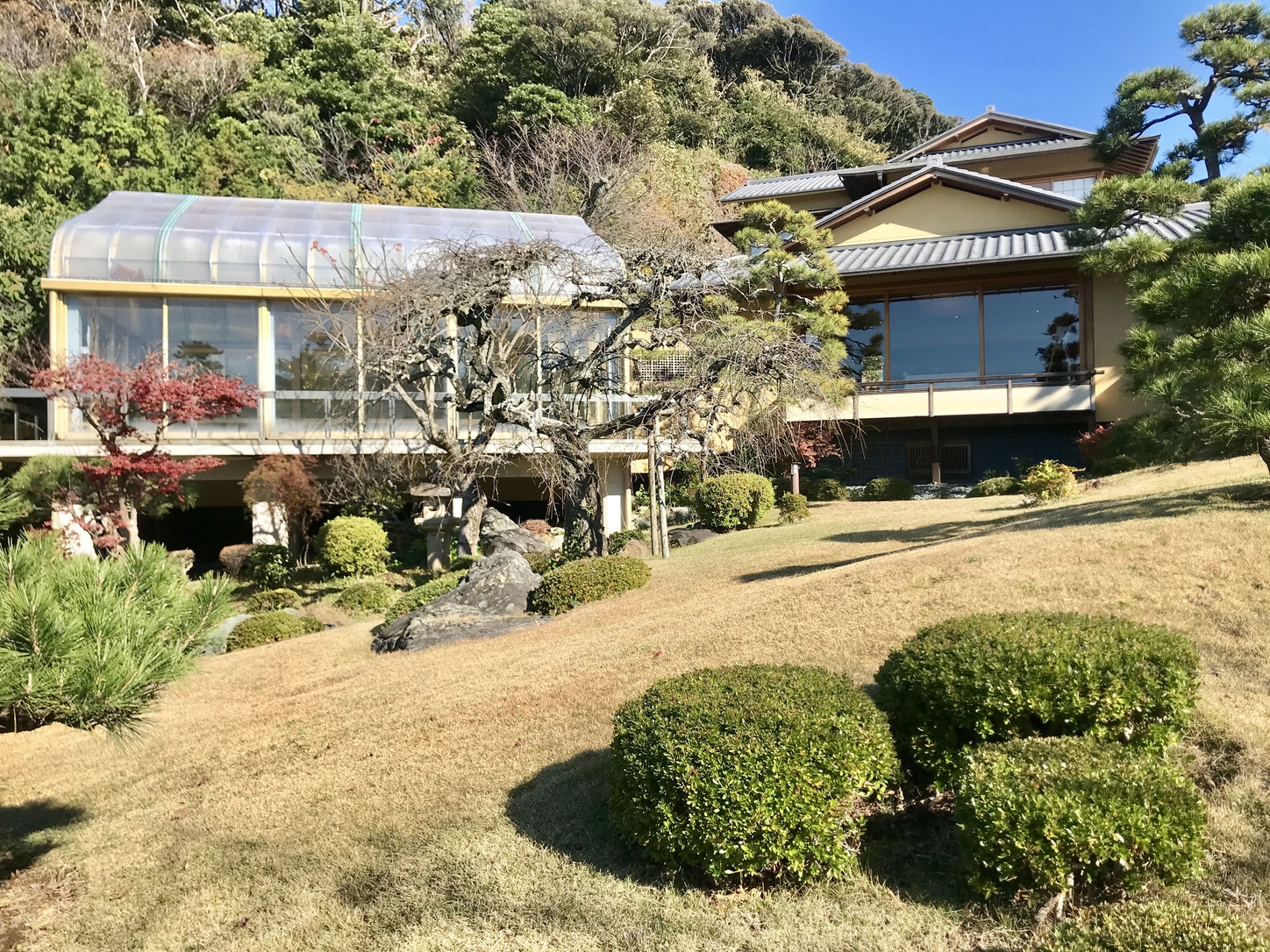
Shigeru Yoshida residence and garden © Alma Reyes
Shigeru Yoshida’s Residence
A 30-minute walk or 10-minute bus ride from Oiso Station, the former prime minister’s enormous estate spreads across approximately three hectares. Yoshida inherited the land in 1884 from his foster father Kenzo Yoshida who built the villa. Later, he took over the mansion after his foster father’s death and spent his later years here from 1945 onwards. The residence, constructed entirely of Japanese cypress, restored much of its Taisho and Showa style after a huge fire in 2009.
The villa entrance leads to a long-landscaped pathway toward the prominent wooden Peace Treaty Gate that was built to commemorate the conclusion of the San Francisco Peace Treaty. The new building was designed in the 1930s by Isoya Yoshida, pioneer of sukiya Japanese traditional architecture.
The Osetsuma-to or drawing room building was built around 1947. It was designed by architect Tokusaburo Kimura who worked on many theaters. On the left side of the residence is a large glass-walled courtyard or kotei, which filters the sunlight into the room. The Kaede no Ma or Maple Room on the first floor served as Yoshida’s office, which hosted primary dignitaries, such as former US President Jimmy Carter.
Furnishings are inspired by Japanese traditional design and Art Deco. Almost all the rooms are surrounded by large windows that reveal spectacular sceneries. The Pacific Ocean, Hakone mountains and Mount Fuji are visible from the Kin no Ma or Golden Room on the upper floor. The sprawling garden includes a pond with a wooden bridge and a bamboo grove.
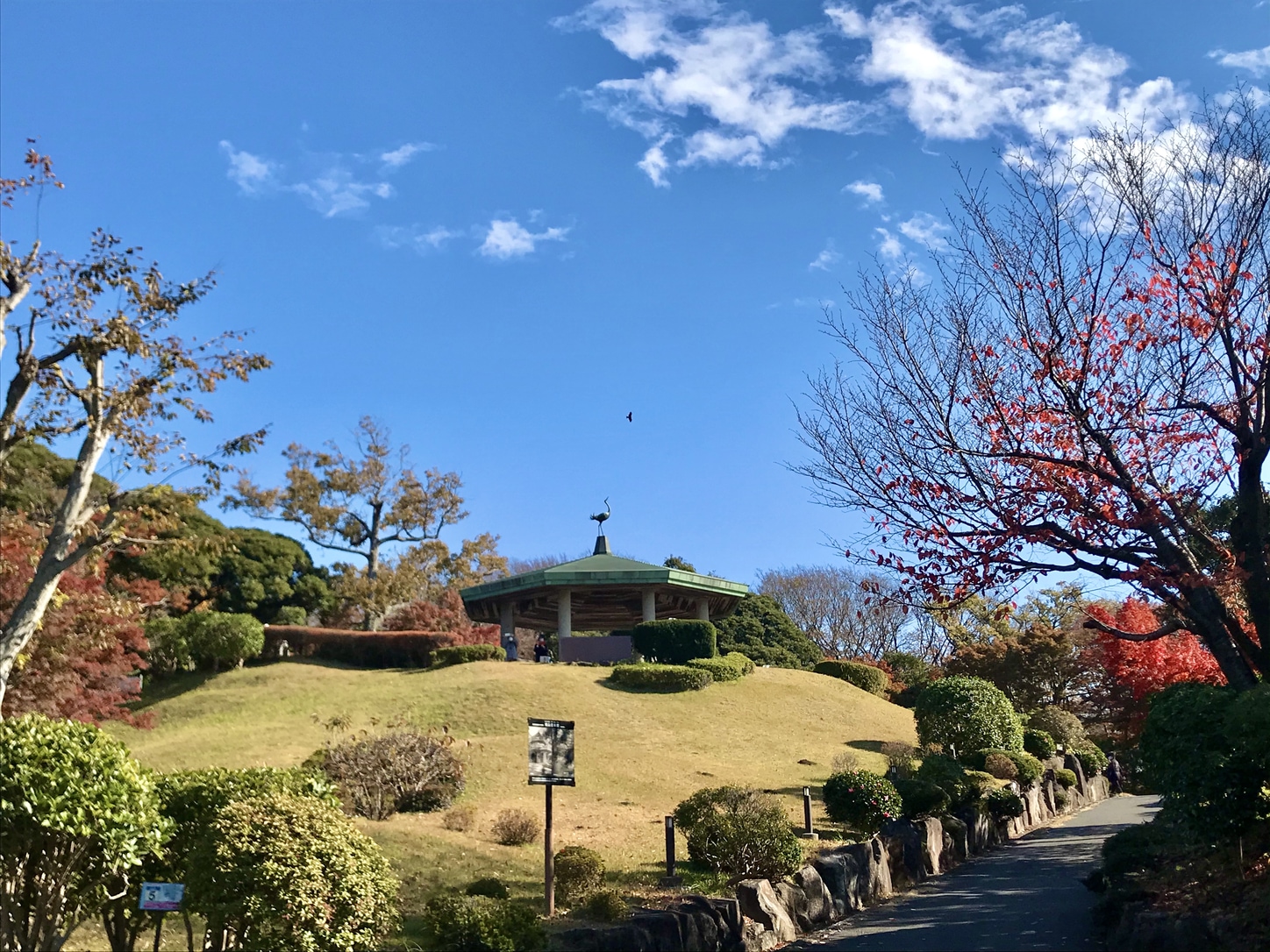
Oiso Joyama Park observation deck © Alma Reyes
Oiso Joyama Park
Located just across the Yoshida Residence, this prefectural park was the former villa of the Mitsui conglomerate family. Now covering seven hectares, the multi-leveled grounds envelop a vast oasis of abundant castanopsis, oak and zelkova trees. They change colors with the seasons. The maple leaves in autumn are an especially popular sight.
The park also houses the lovely Joyama-an teahouse, which was inspired by the National Treasure Jo-an teahouse of the 17th century. Close to the east gate are the Oiso Municipal Museum and Fureai open inner park. Climbing up the hill leads to the observatory deck, which showcases amazing views of Mount Fuji, the Hakone mountains, Izu Peninsula, Sagami Bay and Izu Oshima island. There are scattered picnic benches and eating areas along winding trails, which make for a relaxing break.
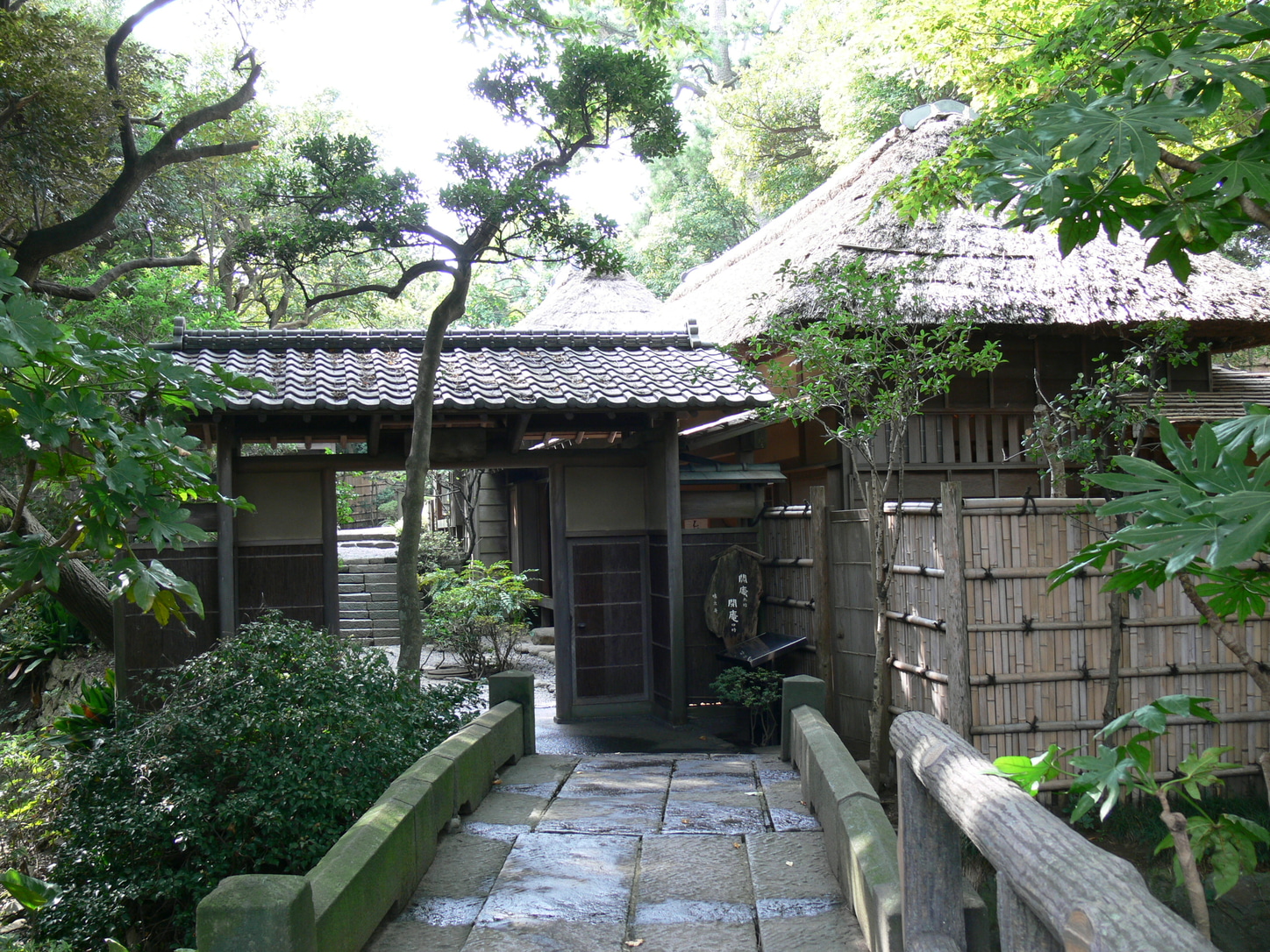
Shigitatsuan, entrance gate © Oiso Town Hall
Shigitatsuan Haiku Dojo
This haiku dojo hall with a thatched roof is just a few minutes from Oiso Station. Continuing the haiku writing tradition for over 300 years, Shigitatsuan is a remarkable historical treasure. In 1664, the priest Sosetsu built the stone of Shigitatsu-sawa on this scenic spot and named the place Shigitatsuan. This was in memory of the poet and monk Saigyo Hoshi, who is said to have sung a song about the Oiso coast in the Heian Period (794–1185). It is recognized as one of Japan’s major haiku learning halls.
In 1695, the first haiku master Michikaze Oyodo, who traveled on foot throughout Japan, lived here. The Matsuo Basho monument and Jun Matsumoto tombstone are among the numerous historical stone statues to see. The Gochi Nyorai statues, which refer to the five Great Buddhas of Wisdom are lined up behind the hermitage. A life-sized sitting statue of Hoshi is enshrined inside the Genroku-styled Enido hall. There is a lot to see in this treasure of history.
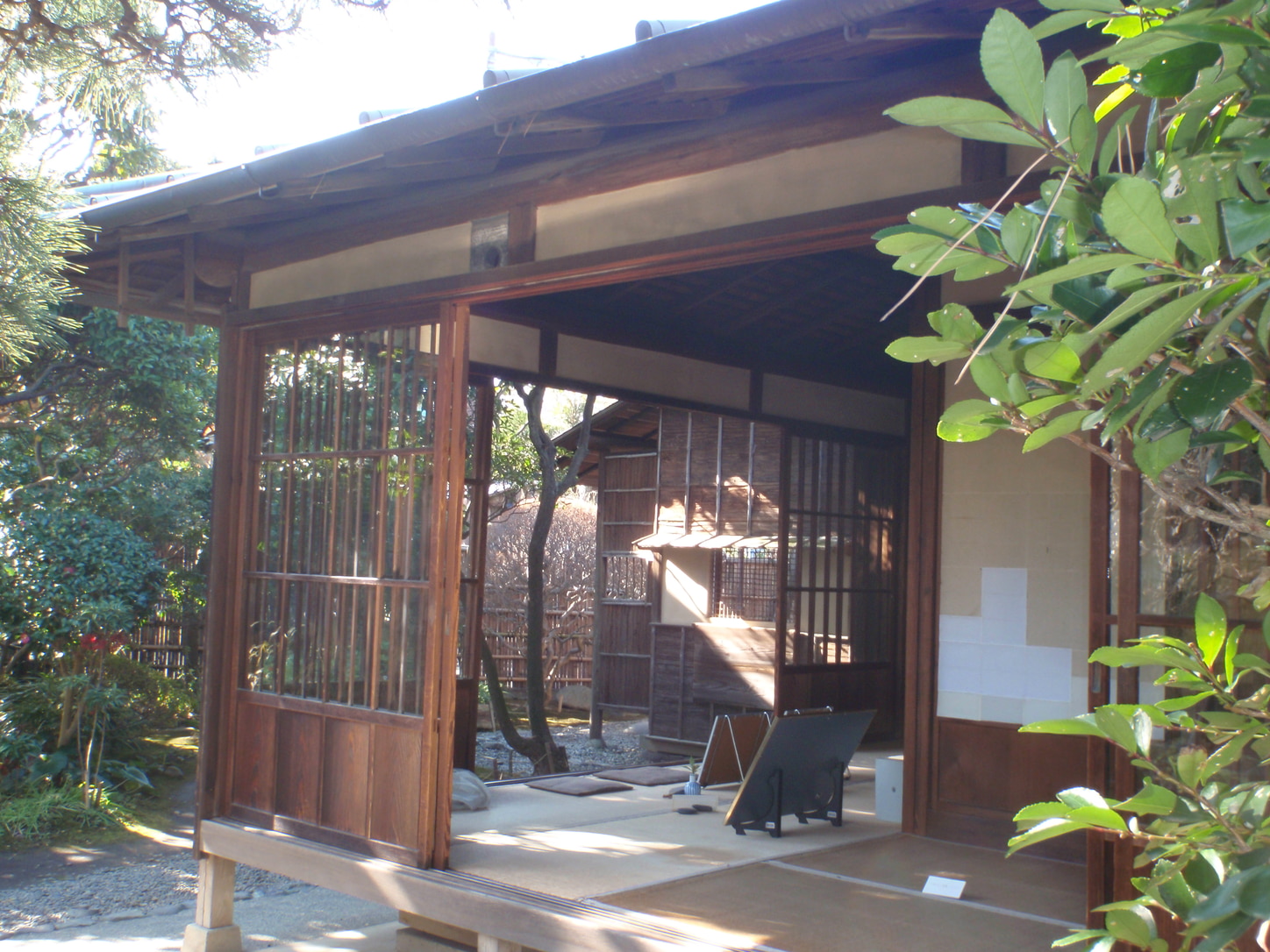
Shimazaki Toson Old House © Oiso Town Hall
Shimazaki Toson Old House
Only five minutes on foot from Oiso Station, there’s another treat for fans of Japanese poetry. This house belonged to the romantic poet and writer, Toson Shimazaki. He was considered the pioneer of modern literature and the first Japanese naturalist novelist. The house was his final abode where he passed away during the writing of his last work Toho no mon (Gate to the East). The architecture of the house is a point of interest as well. It was built in traditional style with features from the Taisho Period (1912–1926) including the glass sliding doors and the landscaping style of the humble garden.
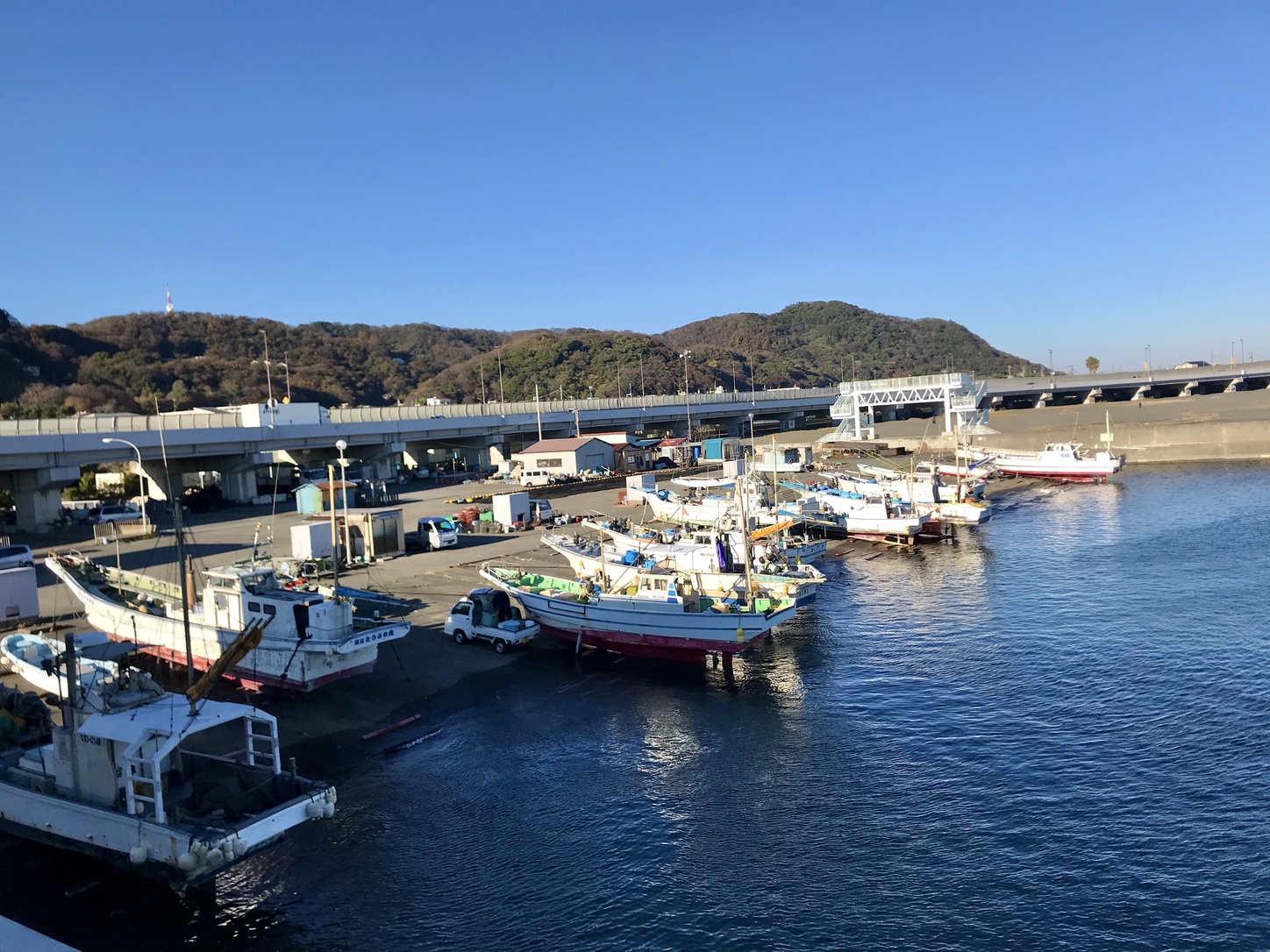
Oiso Port © Alma Reyes
Oiso Connect Café
After a whole day of visiting Oiso’s main historical and natural sites, you will probably look for a relaxing drink or meal. Oiso Connect Café has that plus the tranquil view of the ocean. It’s near Oiso Port, just 10 minutes on foot from Oiso Station. The restaurant is known for the unique toppings on its pancakes, such as Hoji tea, rose-flavored syrup, apples, lychee, mixed berries and cinnamon cheese. The terrace looks out to the port painted against a perfect canvas of the bright blue sea and lingering sunset.
More Info
If you have more time in Oiso, you can also visit the Meiji Memorial Garden, Jifukuji Temple and Rokusho Shrine.
A wonderful alternative to the summer crowds in Enoshima or Hayama, Oiso makes for a leisurely weekend trip away from the city. Just two stations from Chigasaki, the town is easily accessible. It takes about an hour from Shinjuku via the JR Shonan Shinjuku Line to Oiso Station and only 35 minutes from Yokohama Station via the Tokaido Line.

